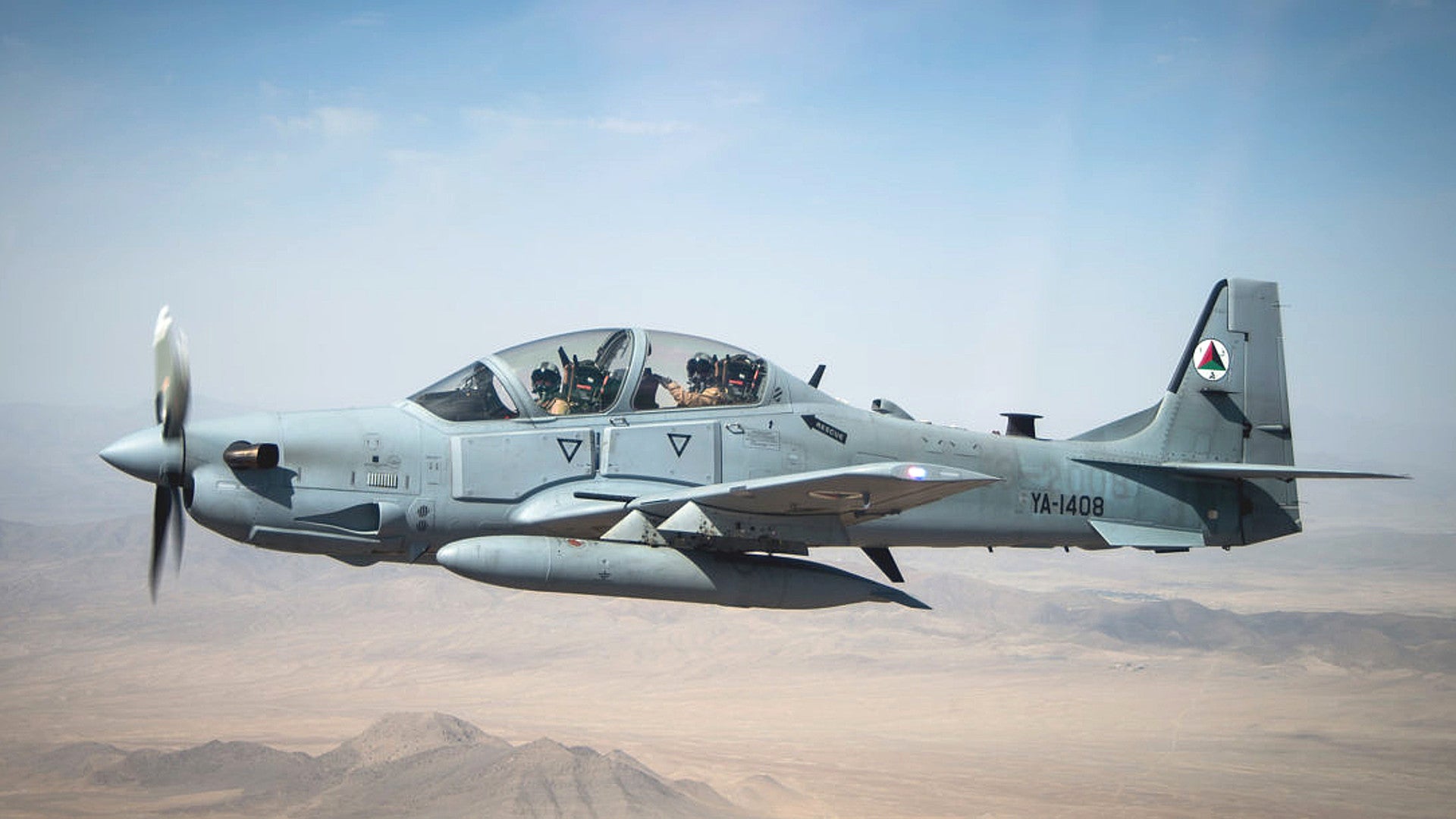The U.S. Air Force says it still has not yet determined how many light attack planes it might buy, but a senior officer has said it could be fewer than two dozen aircraft. Those deliberations are ongoing as the service continues to insist that any such program will primarily be about delivering this capability to foreign allies and partners.
Air Force Magazine was able to get the latest details about the program in separate interviews with U.S. Air Force Chief of Staff General David Goldfein and General Ellen Pawlikowski, who is in charge of Air Force Materiel Command (AFMC). Earlier in August 2018, the service said it planned to put out a formal solicitation for its Light Attack Aircraft (LAA) program for companies to bid on by the end of the year. The leading contenders to win any such contract are Embraer and Sierra Nevada Corporation’s A-29 Super Tucano and Textron’s AT-6C Wolverine.
But Pawlikowski told Air Force Magazine that she thought the Air Force’s purchases for its own use might only amount to “about 20” planes and there would only be limited support for the aircraft. After the reached the point of needing heavy maintenance or otherwise becoming non-airworthy, the service could simply buy an entirely new fleet and send the existing airframes to the Bone Yard at Davis-Monthan Air Force Base in Arizona, where they would await potential transfer to a foreign partner.
In his interview, Goldfein explained that the Air Force routinely talks with allies and partners who would like to contribute air power to limited military operations in cooperation with the United States, but have limited resources. He described the Light Attack Aircraft program as a way to get those countries, which he did not name, into the fight.
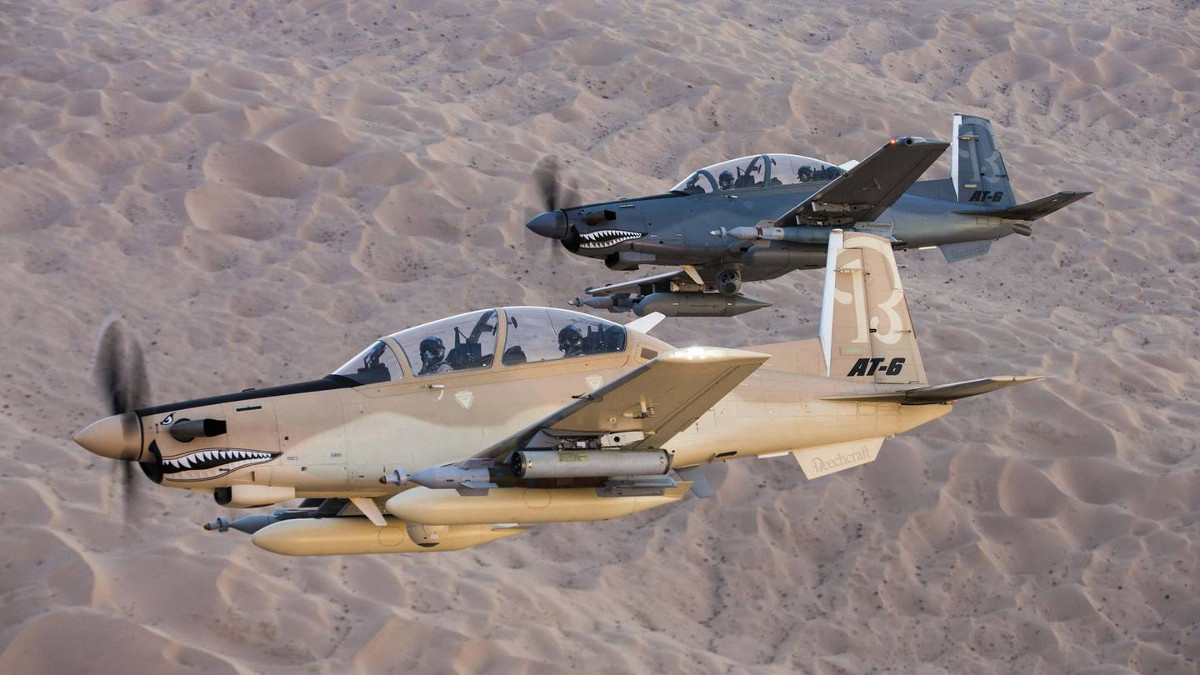
“I hear over and over again from various air chiefs … who perhaps are not able to get into fourth … or fifth-generation [fighter] aircraft” is a way to take part in coalition air campaigns, Goldfein told Air Force Magazine. Light attack aircraft let them “buy into [a] system … that can enhance [the] alignment of effort.”
These two sets of statements run counter to the Air Force’s public overtures of support for a program to buy significant light attack aircraft in recent years. In January 2017, Goldfein himself said a proposal in Senate Armed Services Committee white paper to buy as many as 300 of the planes was a “great idea.” Senator John McCain was the principal author of that document, which had come out that same month.
What the Air Force now seems to be describing is a repeat of the abortive Light Attack/Armed Reconnaissance (LAAR) program – something I have said could turn out to be the case for months – under which the service planned to buy a total of 15 light attack planes across the 2012 and 2013 Fiscal Years. After running into a variety of hurdles and in the face of budget cuts, the LAAR finally got the ax in February 2012. There is a clear danger that the new LAA effort could run into the same issues, despite the service’s own acknowledgement that it has needed this capability for decades.
To put into context just how similar these two programs are, in 2009, a team within Air Combat Command (ACC) – where General Goldfein was then Director of Operations – proposed purchasing just over 200 LAAR aircraft and using established “off-the-shelf” aircraft designs to help speed up the process and keep costs low. The planes would be for the Air Force’s own use and for delivery to foreign partners as military aid.
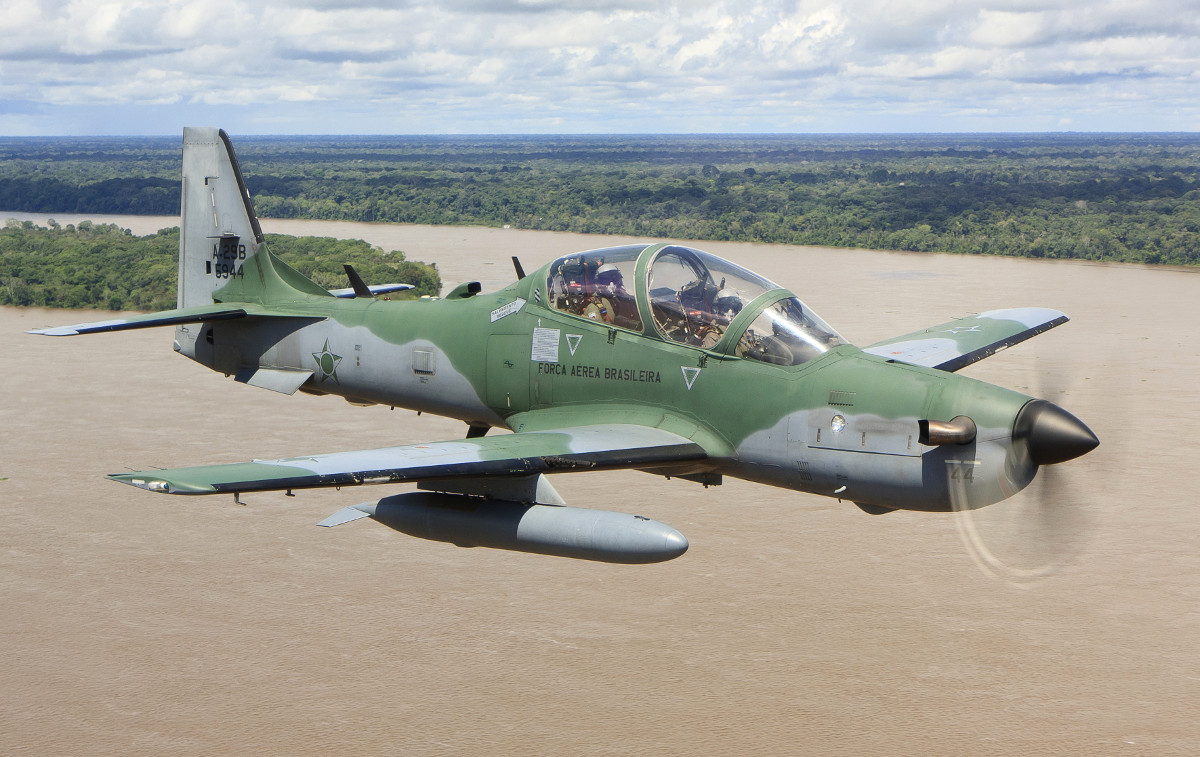
The Air Force Chief of Staff at the time, General Norton Schwartz, rejected the plan outright, demanding the fleet be reduced to 15 aircraft solely for training foreign pilots and that they never leave the United States. Thus he also banned Air Force pilots from ever operating the planes in combat. At the time, further legal restrictions also prevented conventional Air Force personnel from conducting missions determined to be “building partnership capacity,” a role reserved for the service’s special operations forces.
“Persuading Congress to pay for planes that U.S. armed forces would not fly would be a hard sell,” an official ACC history of events in 2009, which the author previously obtained via the Freedom of Information Act, stated bluntly. “Rather than retiring high-performance fighters and buying light aircraft, staff members wanted to extend the operational lives of F-15s and F-16s.”
Congress’ attitude has changed significantly since then, with legislators having put in millions of dollars for both Air Force and U.S. Marine Corps light attack aircraft in the latest defense spending bill for the 2019 Fiscal Year. It’s not clear if the Air Force’s position has truly shifted, though.
A fleet of 20 planes would not be able to realize the economies of scale that are at the core of the light attack concept and would make it a far less cost-effective endeavor. Since some of those planes would likely end up held in reserve or set aside for training purposes, the Air Force wouldn’t be able to take advantage of the ability to widely disperse the aircraft throughout a region to provide more persistent and flexible air support at a lower cost compared to existing combat jets, as well.
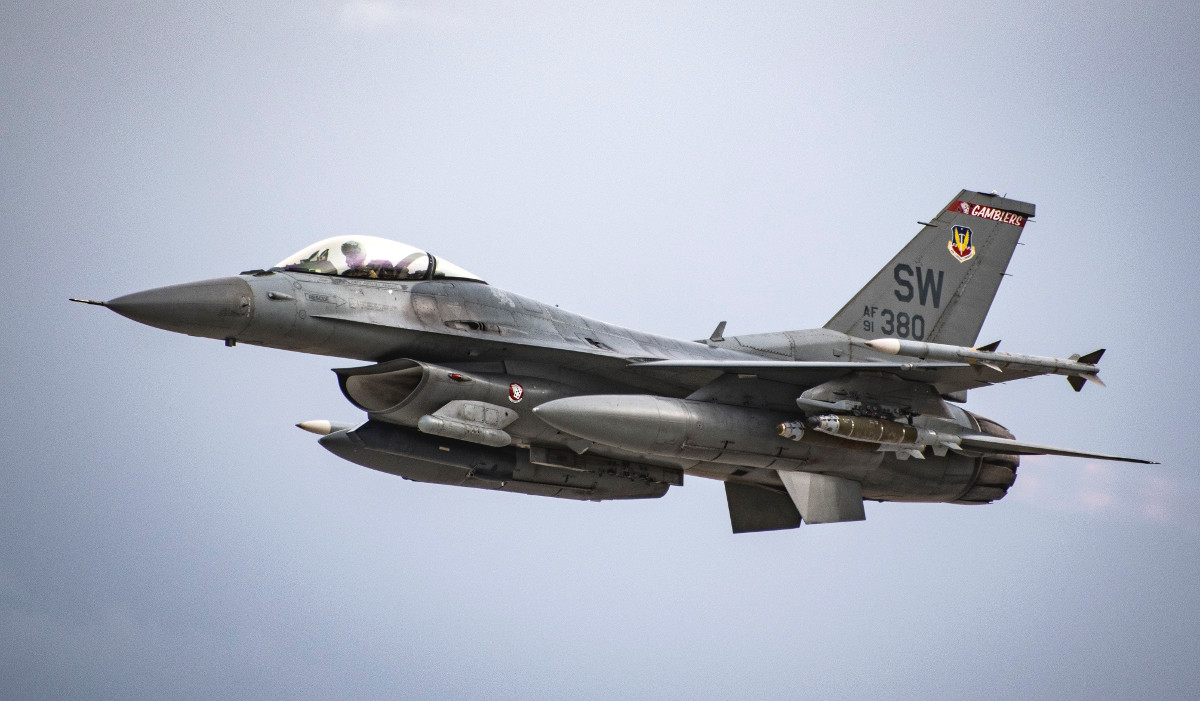
This, in turn, would do little to ease the strain on aircraft such as the F-15E Strike Eagle and F-16C Viper, or their crews. Reducing the number of flight hours that these combat jets are flying in support of limited conflicts has been a major factor in the push for the Air Force to acquire light attack aircraft in the first place.
Ironically, General Ellen Pawlikowski also told Air Force Magazine that the costs required to support small fleets of specialized or advanced aircraft are “eating us alive.” This is entirely true and would be a good argument for buying a larger number of light attack planes. Instead, she used this to justify her concept of effectively throwing the light attack aircraft away when they broke down and buying new ones, a mechanism she has described in the past as a way to speed up the procurement process broadly.
When it comes to General Goldfein’s comments about increasing foreign capabilities and participation in coalition fights, it’s also hard to understand where the impediments lie in the existing system. As we at The War Zone have noted repeatedly, the U.S. government has facilitated the sale and delivery of various types of light attack aircraft, especially the A-29 Super Tucano, to foreign partners over the past decade without any apparent issue. The Air Force also now has its own A-29s and uses conventional forces to train foreign pilots to fly them in the United States.
Deliberately or not, the Air Force seems to be structuring the new LAA program in a way that could leave the planes orphaned without a functional mission or see them just absorbed into existing, non-combat efforts. This is the same basic reality made it easy for service kill the previous LAAR project in 2012 and is similar to the experience of the C-27J Spartan airlifters. In the latter case, following a series of disputes with the U.S. Army and conflicting plans for employing the aircraft, the small transports planes ended up in the boneyard before getting horse traded to other U.S. military services and government agencies.
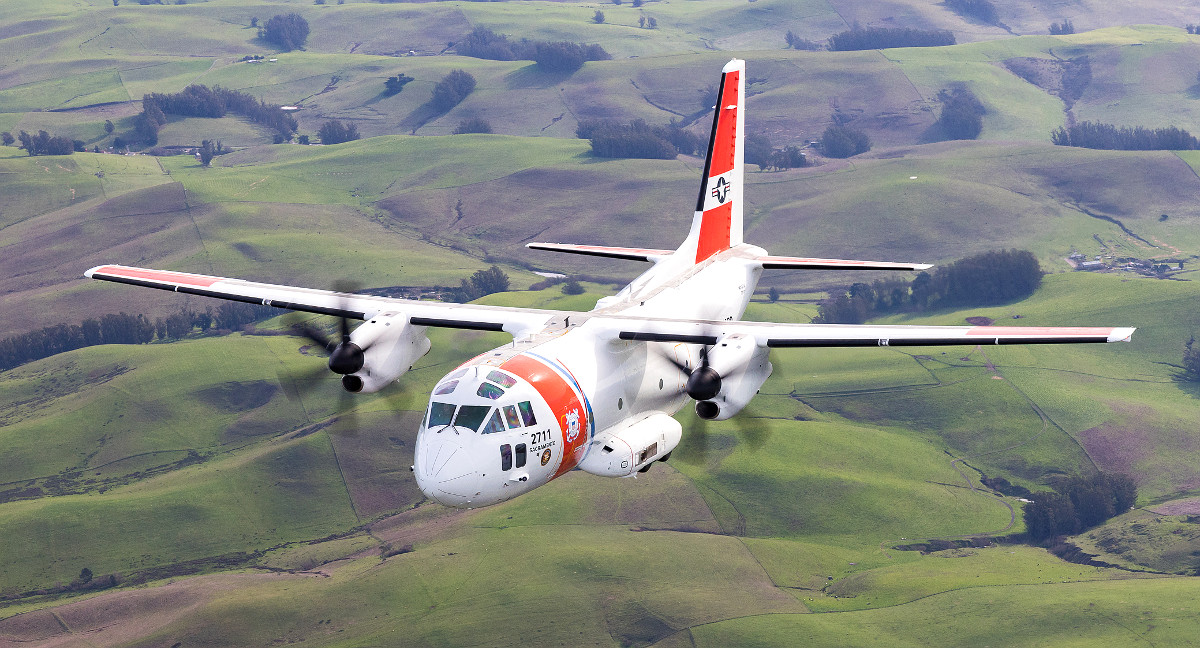
It is possible that proponents of acquiring a light attack capability in Congress could seek to force the Air Force to procure a set number of planes and retain them for its own use, but it might set the stage for a protracted battle between legislators and the service. The two parties have similarly been locked in a fight over the future of the A-10 Warthog ground attack aircraft for years now and it has not prevented the Air Force from attempting to circumvent the wishes of lawmakers
General Goldfein did tell Air Force Magazine that the Air Force likely wouldn’t know how many light attack planes it wants to buy for sure until it can determine foreign interest in the program – another indication of the true nature of the initiative. It is entirely possible that the service will put out the solicitation in December 2018 without having firmed up this number.
But if that final figure is as low as General Pawlikowski believes it might be, it could effectively hobble the Air Force’s latest light attack initiative before it even gets going.
Contact the author: jtrevithickpr@gmail.com
